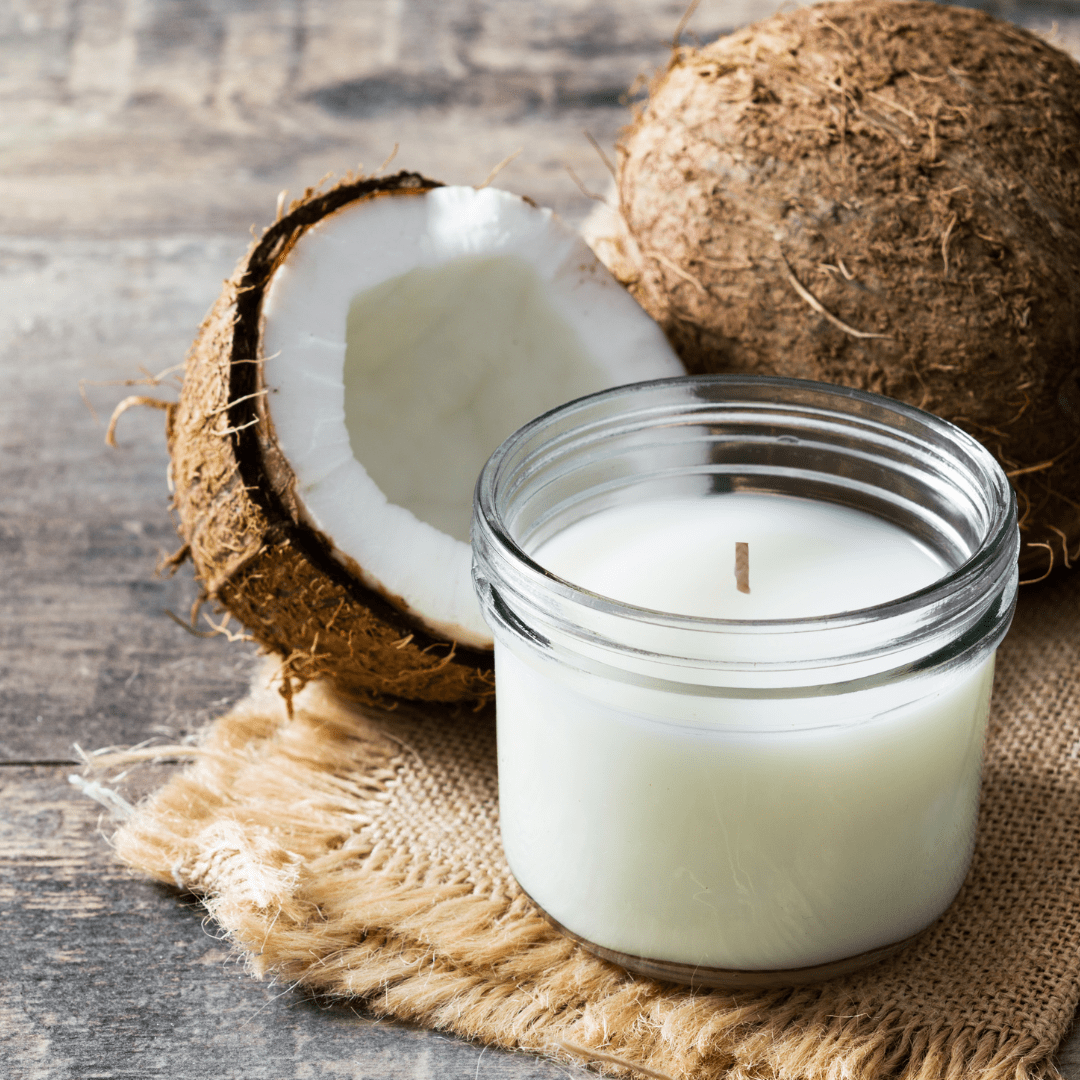Improve Your Living Area with Elegant Soy Candles and Home Fragrance
Improve Your Living Area with Elegant Soy Candles and Home Fragrance
Blog Article
From Wick to Wax: Understanding the Chemistry Behind Soy Wax Candles and Their Environmental Influence
As we illuminate our areas with the cozy glow of candles, there lies a world of intricate chemistry behind the apparently easy act of lighting a soy wax candle light. The option in between soy and paraffin wax prolongs past mere looks, delving right into the world of environmental impact and the extremely composition of the materials. Understanding the molecular framework of soy wax and its burning process clarifies the emissions released right into our surroundings. Join us as we decipher the clinical ins and outs behind soy wax candles and explore their implications on our setting.
Soy Wax Vs. Paraffin Wax
When contrasting soy wax and paraffin wax for candle production, it is necessary to understand the distinct attributes and benefits of each product. Soy wax is an all-natural, renewable energy originated from soybean oil, making it eco-friendly and environment-friendly - soy candles. On the other hand, paraffin wax is a result of oil refining, which elevates problems about its environmental impact and sustainability
Soy wax candles burn cleaner and produce less soot contrasted to paraffin wax candle lights, making them a much healthier selection for interior air high quality. Furthermore, soy wax has a lower melting point, enabling for a longer-lasting candle light that spreads fragrance better. Paraffin wax, on the other hand, has a tendency to melt faster and less cleanly, potentially launching dangerous chemicals right into the air.
From a sustainability viewpoint, soy wax is favored for its biodegradability and eco-friendly sourcing, aligning with the expanding consumer preference for environmentally aware items. While paraffin wax has actually been a standard selection in candle light making due to its affordability and convenience of usage, the shift towards eco-friendly choices like soy wax is getting momentum in the sector.
Chemical Structure of Soy Wax

Burning Refine in Soy Candles
The chemical composition of soy wax straight affects the burning procedure in soy candle lights, affecting variables such as melt time, scent launch, and ecological effect. When a soy candle is lit, the heat from the flame thaws the wax near the wick.
The burning efficiency of soy candles is influenced by the pureness of the soy wax and the quality of the wick. Furthermore, soy wax candle lights have a reduced environmental effect contrasted to paraffin candles due to their eco-friendly and renewable nature.

Ecological Benefits of Soy Wax

Considered a sustainable choice to standard paraffin wax, soy wax offers significant environmental advantages that make it a popular choice amongst eco-conscious consumers. Soy wax burns cleaner and produces much less soot than paraffin wax, adding to better indoor air quality and reducing the need for cleansing and maintenance. On the whole, the ecological benefits of soy wax straighten with the growing need for lasting and environment-friendly items in the market.
Recycling and Disposal Factors To Consider
Recycling and proper disposal of soy wax candle lights play an essential duty in preserving environmental sustainability and decreasing waste in neighborhoods and homes. When it comes to reusing soy wax candle lights, the initial action is to make certain that the candle has actually burned totally.

In terms of disposal, if recycling is not an option, soy wax candle lights are biodegradable and can be safely gotten rid of in many family waste systems. Nonetheless, it is constantly suggested to contact neighborhood reusing centers or waste administration services for particular guidelines on candle disposal to guarantee appropriate handling and ecological security.
Conclusion
In verdict, the chemistry behind soy wax candles exposes their ecological advantages over paraffin wax candles. Soy wax, derived from soybean oil, burns cleaner and generates less soot when contrasted to paraffin wax.
When contrasting soy wax and paraffin wax for candle light making, it is crucial to recognize the distinctive characteristics and benefits of each material (soy candles).Soy wax candle lights melt cleaner and give off much less residue contrasted to paraffin wax candles, making them a healthier option for interior air top quality.Thought about a sustainable option to typical paraffin wax, soy wax provides noteworthy ecological advantages that make it useful source a preferred choice among eco-conscious consumers. Soy wax burns cleaner and creates less soot Read Full Report than paraffin wax, adding to much better interior air top quality and reducing the need for cleaning and maintenance.In final thought, the chemistry behind soy wax candle lights discloses their ecological advantages over paraffin wax candles
Report this page